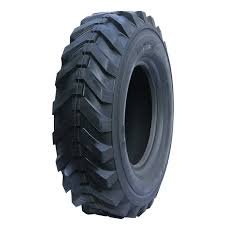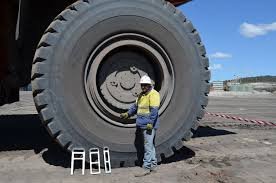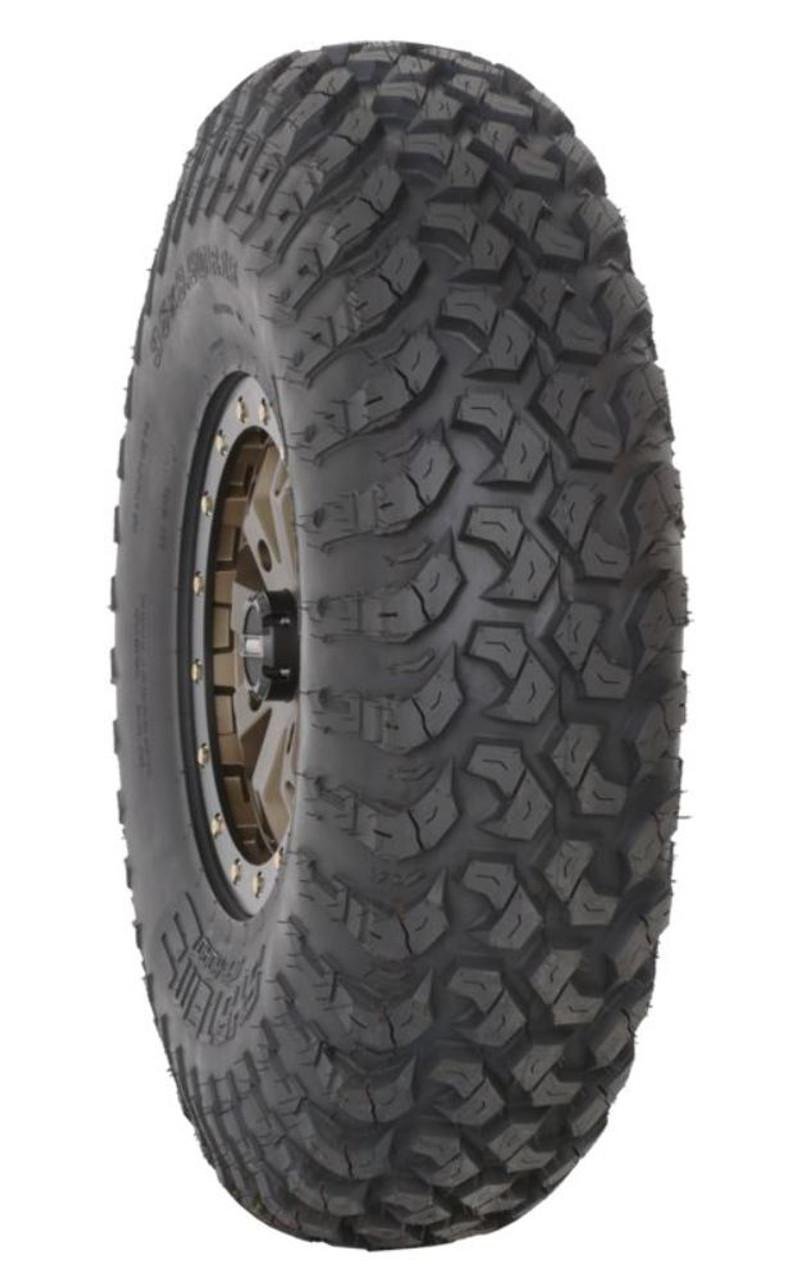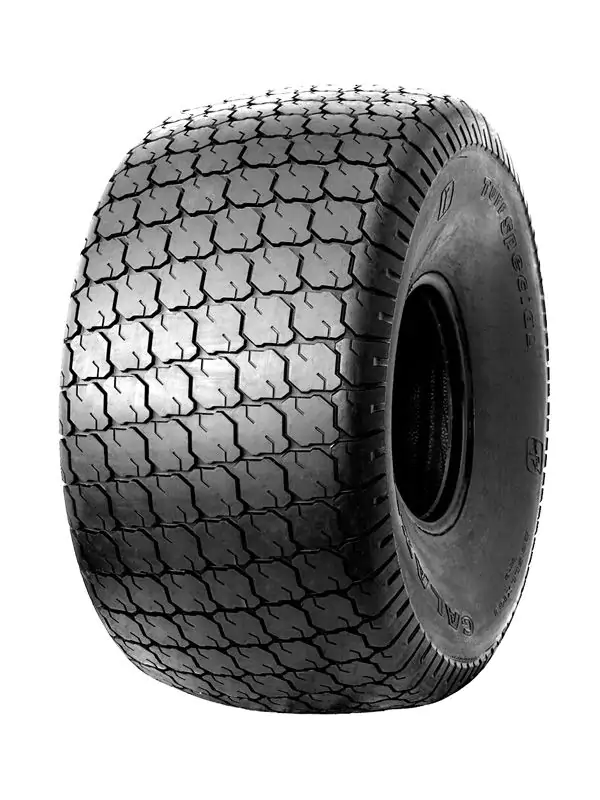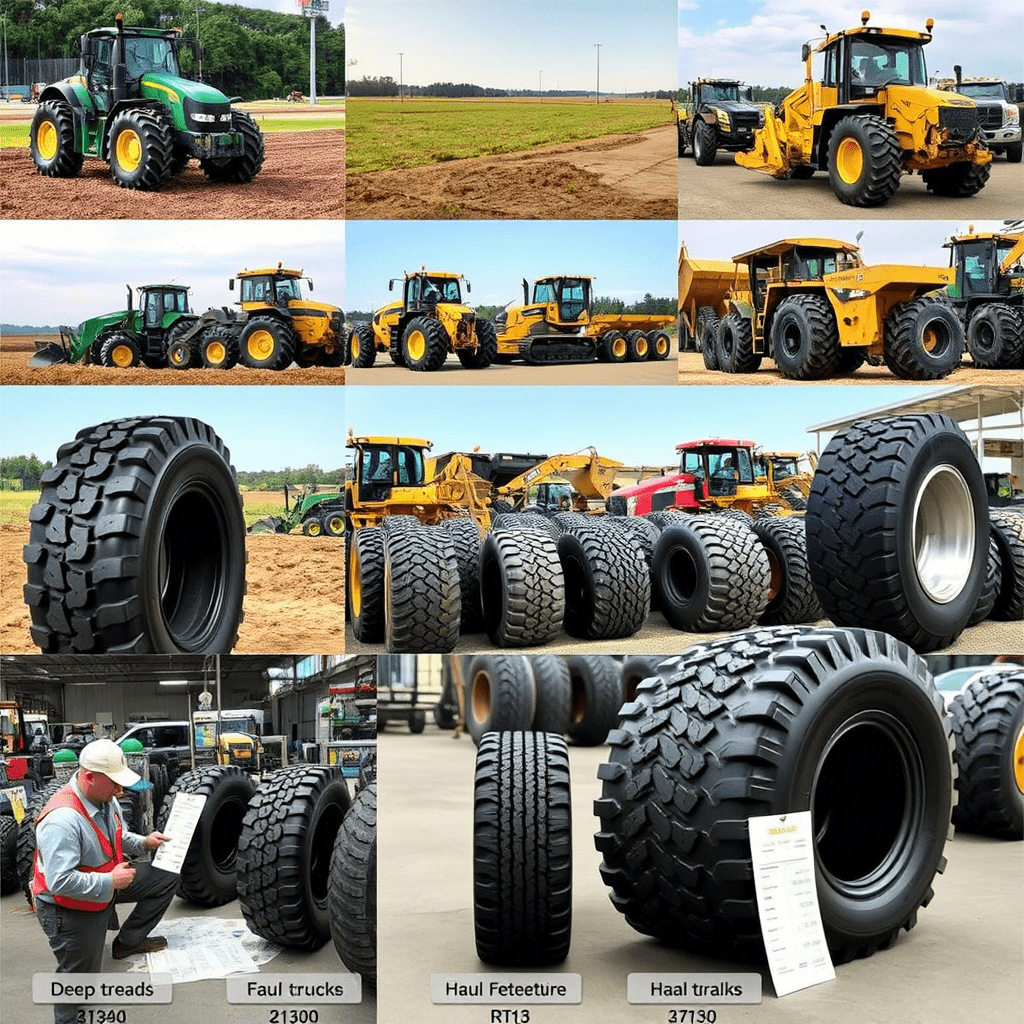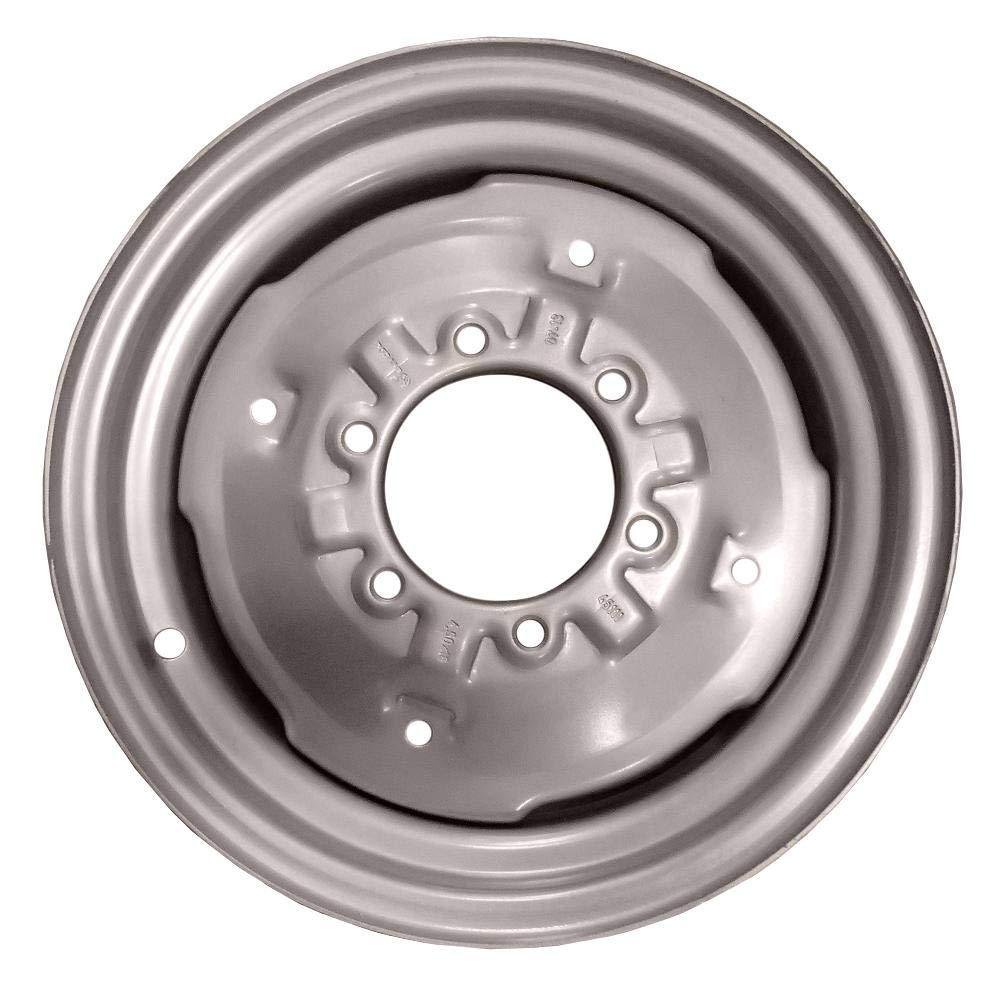Conquering Winter: The Ultimate Guide to the Best Snow Tires for Your Ford Ranger
That first crisp morning, the frost on your Ranger’s windshield, the forecast hinting at snow—it’s a call to adventure for any truck owner. But it’s also a stark reminder that the all-terrain or highway tires that served you so well in summer are now a potential liability. The Ford Ranger is a capable and robust midsize truck, but its true winter potential is only unlocked with one critical upgrade: a dedicated set of snow tires.
This isn’t just about avoiding getting stuck; it’s about safety, control, and confidence when the roads turn treacherous. In this guide, we’ll cut through the cold confusion and give you a clear, actionable roadmap to choosing the absolute best snow tires for your Ford Ranger. We’ll compare studless, studdable, and performance winter options, delve into specific brands and models, and arm you with expert tips to ensure you’re prepared for whatever Old Man Winter throws your way.
Why Your Ford Ranger Absolutely Needs Snow Tires
It’s a common misconception that four-wheel drive (4WD) alone is enough for winter. While 4WD is excellent for getting you moving forward, it does very little to help you stop or turn. That’s where snow tires come in.
Winter tires are engineered with specialized rubber compounds that stay flexible in sub-freezing temperatures, providing grip when all-season tires turn hard and brittle. Their deep, aggressive tread patterns are designed to bite into snow and expel slush, while thousands of tiny grooves (sipes) grip ice and packed snow. According to tests by Tire Rack, a vehicle equipped with winter tires can stop in nearly half the distance on ice and snow compared to one with all-season tires. That difference isn’t just a statistic; it’s an accident avoided.
Understanding the Three Types of Winter Tires
Not all snow tires are created equal. The right choice for your Ranger depends heavily on your local winter conditions and driving needs.
Studless Ice & Snow Tires
This is the most popular and versatile category today. These tires use advanced technology like multicell tread compounds that absorb surface water on ice and biting edges made of silica and other materials to grip hard-packed snow and ice. They offer excellent all-around winter performance, are typically quieter than studded tires, and are legal everywhere.
Best for: Most drivers who encounter a mix of snow, slush, wet roads, and cleared pavement. They provide fantastic ice traction without the noise and road wear of studs.
Studdable Tires (Studded Winter Tires)
These tires have pre-drilled holes to accept metal studs. The studs provide unparalleled traction on sheer ice by physically digging into the surface. However, they are extremely loud on bare pavement, can cause road wear, and are illegal in many states and provinces outside of deepest winter months.
Best for: Drivers in rural or mountainous regions where roads are consistently covered in ice or hard-packed snow for long periods, and where studs are legally permitted.
Performance Winter Tires
Designed for sportier vehicles and drivers, these tires prioritize dry and wet pavement handling and higher speed capability while still providing significantly better snow traction than all-season tires. They often have a “V” or “W” speed rating and a slightly less aggressive tread pattern.
Best for: Ranger owners who primarily drive on plowed roads but still face cold temperatures and occasional snowstorms. They offer a great balance of winter safety and year-round-like manners.
Top Snow Tire Picks for Your Ford Ranger
Based on expert reviews, owner feedback, and performance testing, here are some of the top-rated tires for various needs. Always confirm the correct size for your specific Ranger year and trim (common sizes include 255/65R17, 255/70R16, and 265/60R18).
Best Overall Studless: Bridgestone Blizzak WS90
A perennial class leader, the Bridgestone Blizzak WS90 is renowned for its exceptional ice-braking performance thanks to its Multicell Compound. It provides confident grip in deep snow and slush and is a top safety choice for the worst winter conditions.
Premium Studless Alternative: Michelin X-Ice Snow
The Michelin X-Ice Snow is a fierce competitor, often praised for its impressive treadlife for a winter tire and its refined ride quality. It offers excellent ice and snow traction while being quieter and longer-lasting than many rivals. It’s a fantastic “do-it-all” winter tire.
Top Studdable Option: Goodyear Ultra Grip Ice WRT
For those who need maximum ice performance, the Goodyear Ultra Grip Ice WRT is a stellar studdable tire. It features an aggressive directional tread pattern and performs admirably even without studs. When studded, it becomes an absolute ice-gripping monster for the most extreme conditions.
Excellent Performance Winter: Pirelli Scorpion Winter 2
The Pirelli Scorpion Winter 2 is engineered specifically for SUVs and light trucks. It offers sharp handling on cold, wet, and dry roads while still providing very capable traction in light to moderate snow. It’s the ideal choice for the driver who values composed road manners.
Expert Tips for Installation and Winter Tire Best Practices
Install on All Four Wheels
Always install winter tires as a complete set of four. Mixing winter and all-season tires can create dangerous handling imbalances, especially in a rear-wheel-drive-based vehicle like the Ranger. Four matching tires ensure predictable and stable braking, acceleration, and cornering.
Consider a Dedicated Set of Rims
Mounting your snow tires on a dedicated set of inexpensive steel or alloy rims saves money in the long run. You avoid paying mounting and balancing fees twice a year, and you prevent potential damage to your factory wheels from repeated seasonal changes.
Mind Your Tire Pressure
Tire pressure drops approximately 1 PSI for every 10° Fahrenheit decrease in temperature. Check your tire pressure frequently as temperatures plunge, including the spare! Proper inflation is critical for optimal traction, treadwear, and fuel efficiency. The American Automobile Association (AAA) emphasizes this as a key winter preparedness step.
Don’t Wait for the First Storm
The best time to install winter tires is when the average temperature consistently drops below 45°F (7°C). This isn’t just about snow; it’s about the compound being at its most effective in the cold. Plan ahead and avoid the first-storm installation rush.
Safety Considerations for Your Winter Drive
While snow tires dramatically improve safety, they are not an invincibility shield. Always adjust your driving habits for the conditions:
- Increase Following Distance: Leave at least 8-10 seconds of space between you and the vehicle ahead.
- Slow Down: Speed is a primary factor in winter accidents. Drive below the posted speed limit if conditions warrant it.
- Practice Smooth Inputs: Jerky steering, braking, or acceleration can easily break traction. Be gentle and deliberate with all controls.
- Know Your 4WD System: Understand how and when to engage your Ranger’s 4WD modes. Remember, it helps you go, not stop.
For more on general tire safety, the Tire Safety Organization is a valuable resource.
Frequently Asked Questions (FAQ)
Q: Can I use my Ford Ranger’s all-terrain tires in the snow?
A: While all-terrain (A/T) tires are better in snow than highway tires, they are not a substitute for dedicated winter tires. Their rubber compound still hardens in the cold, and their tread is not siped for ice traction. They are a compromise, not a solution.
Q: How long do snow tires typically last?
A: With proper seasonal rotation and storage, a set of winter tires can last four to six seasons. Their lifespan is measured in seasons, not miles, as they are only used a few months each year.
Q: Is it worth buying snow tires if I only get a few snowstorms a year?
A: Yes. The most significant benefit of winter tires is their performance on cold, wet roads and black ice, which are common even without significant snowfall. The flexible compound provides superior braking and cornering grip anytime the temperature is near or below freezing.
Q: Where should I store my off-season tires?
A: Store tires in a cool, dry, and clean place away from direct sunlight and sources of ozone (like electric motors). Keep them away from solvents and fuels. Ideally, store them standing up or stacked on their sidewalls, not hanging.
Final Verdict: Your Winter Confidence Awaits
Equipping your Ford Ranger with a set of dedicated snow tires is the single most effective modification you can make for winter safety and capability. It transforms your truck from a fair-weather friend into a confident, all-weather explorer. Whether you choose the ice-dominating prowess of the Bridgestone Blizzak, the refined durability of the Michelin X-Ice, or the on-road performance of the Pirelli Scorpion, you are making an investment in peace of mind.
Don’t gamble with your safety on the unpredictable winter roads. Assess your needs, choose your tire, and get equipped. Your next winter adventure, and your family’s safety, deserves nothing less.


